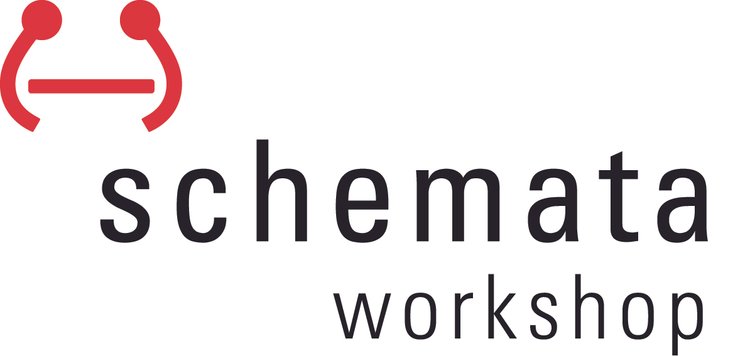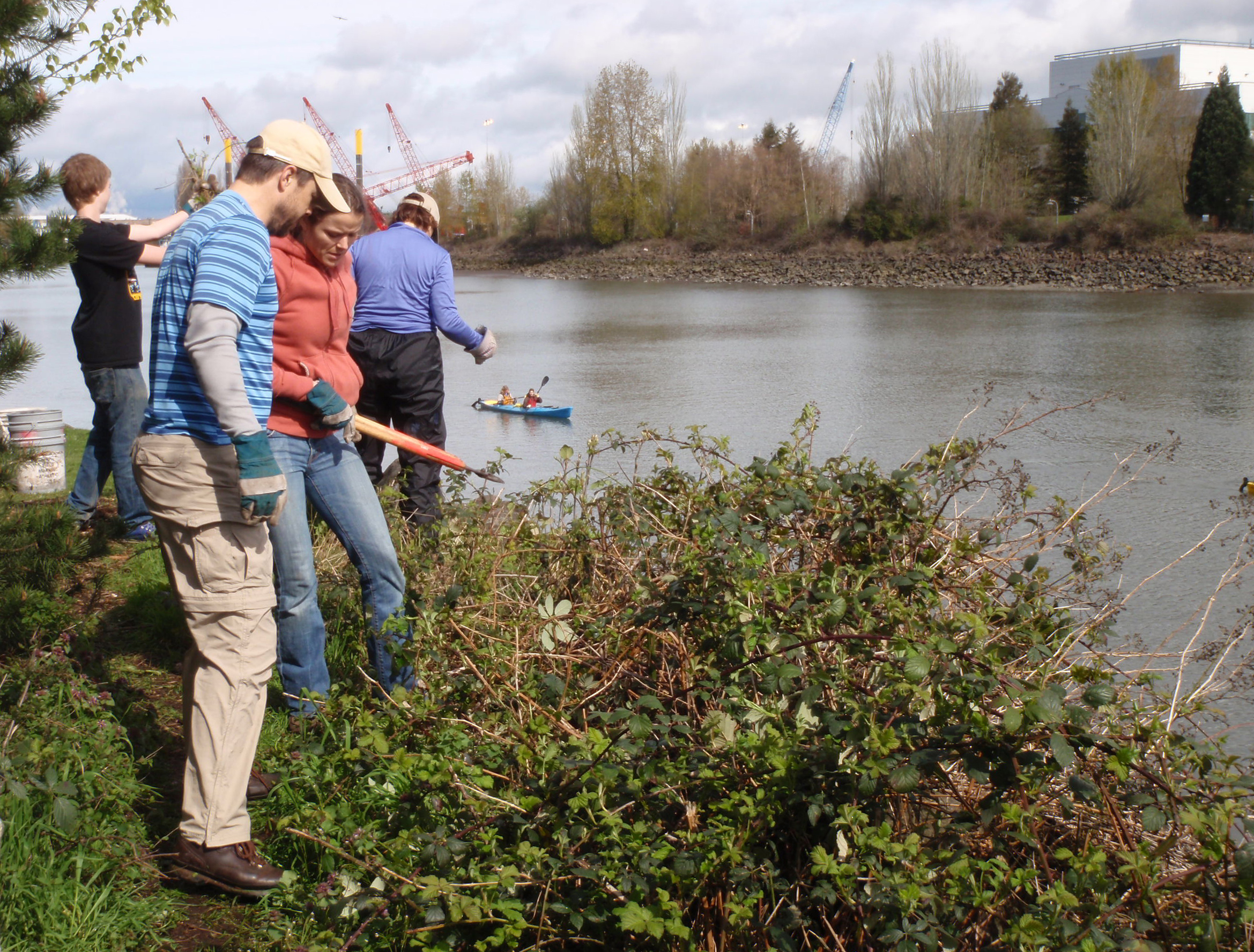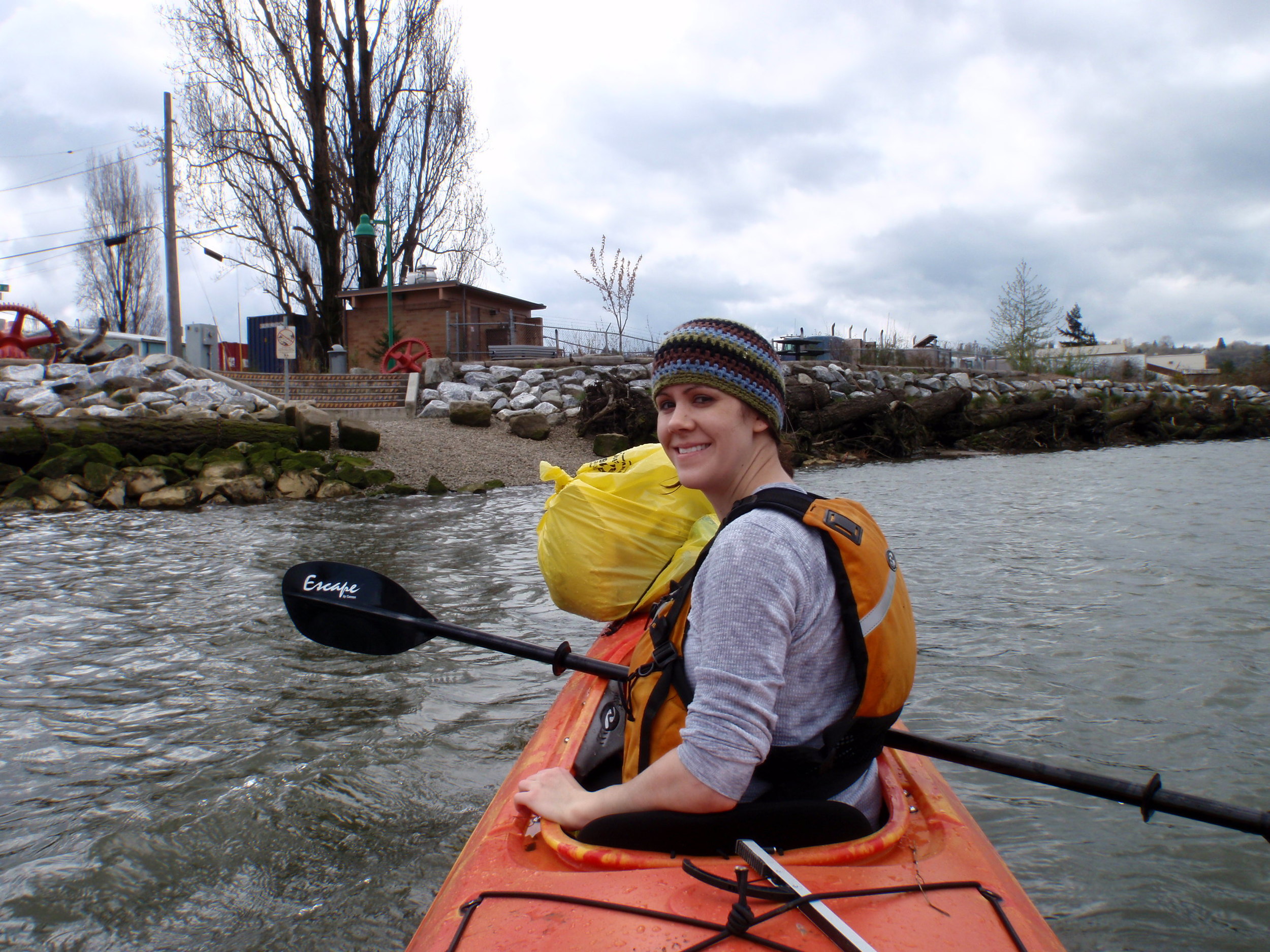[caption id="attachment_1649" align="aligncenter" width="700" caption="Fern Hill Terrace Apartments"]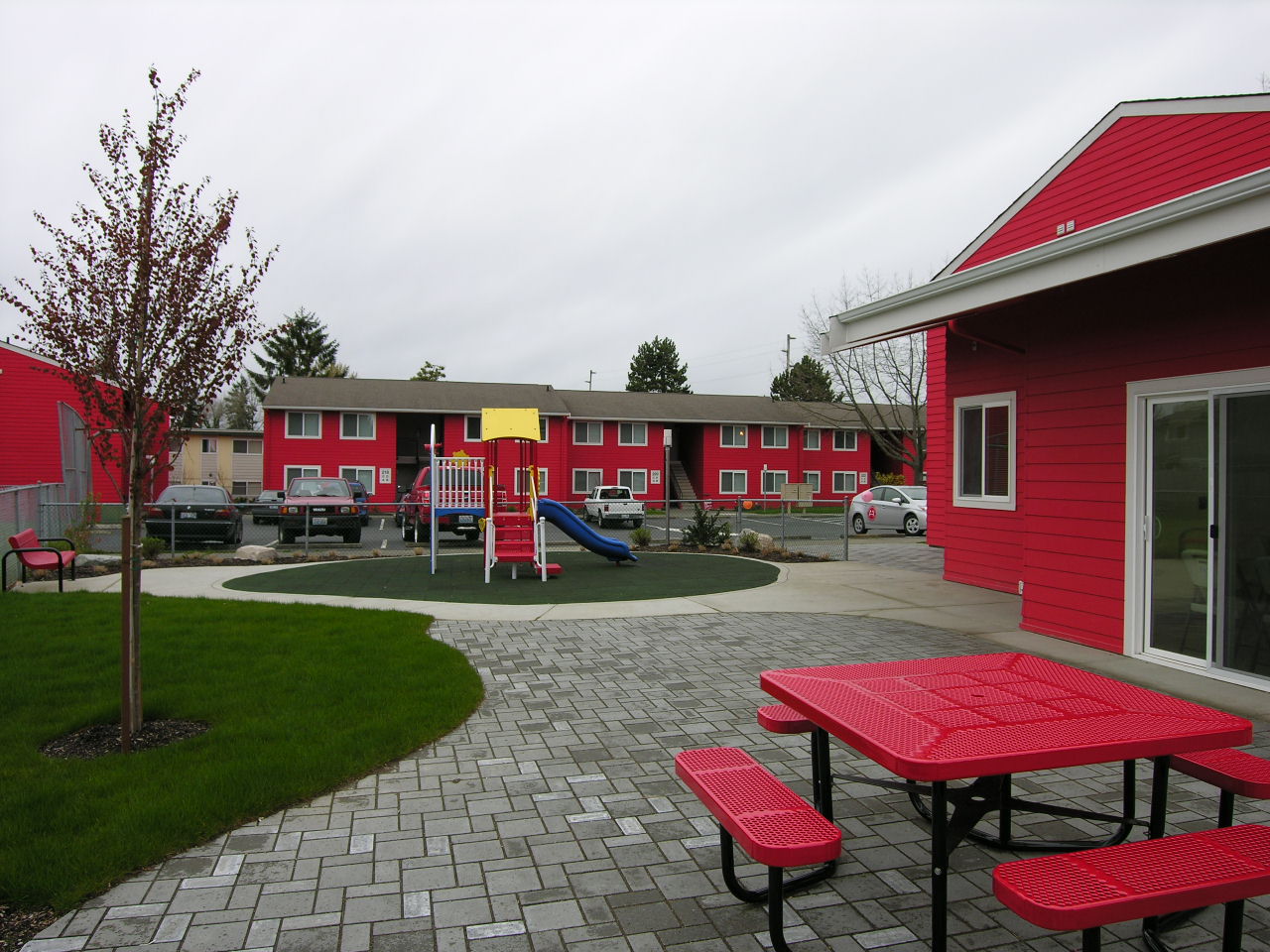 [/caption]
Mike and I met with a non-profit housing developer recently who indicated that one of their funders said that we should really stop talking about green building and sustainability. Their opinion was that what we are really talking about is taking a practical approach to design - focusing on reducing energy consumption, lower operations and maintenance costs.
[/caption]
Mike and I met with a non-profit housing developer recently who indicated that one of their funders said that we should really stop talking about green building and sustainability. Their opinion was that what we are really talking about is taking a practical approach to design - focusing on reducing energy consumption, lower operations and maintenance costs.
Wow! What a refreshing change to have enlightened funders (who have historically been concerned about bottom line returns and building more with less) who truly get the triple bottom line with respect to affordable housing. By expecting affordable housing projects to be environmentally sustainable, WA state funders are acknowledging the social equity of providing healthy homes for low income families and seniors, but also the economic benefit to housing operators, and reduced energy consumption for low income tenants.
[caption id="attachment_1654" align="alignleft" width="700" caption="Typical Unit Kitchen"]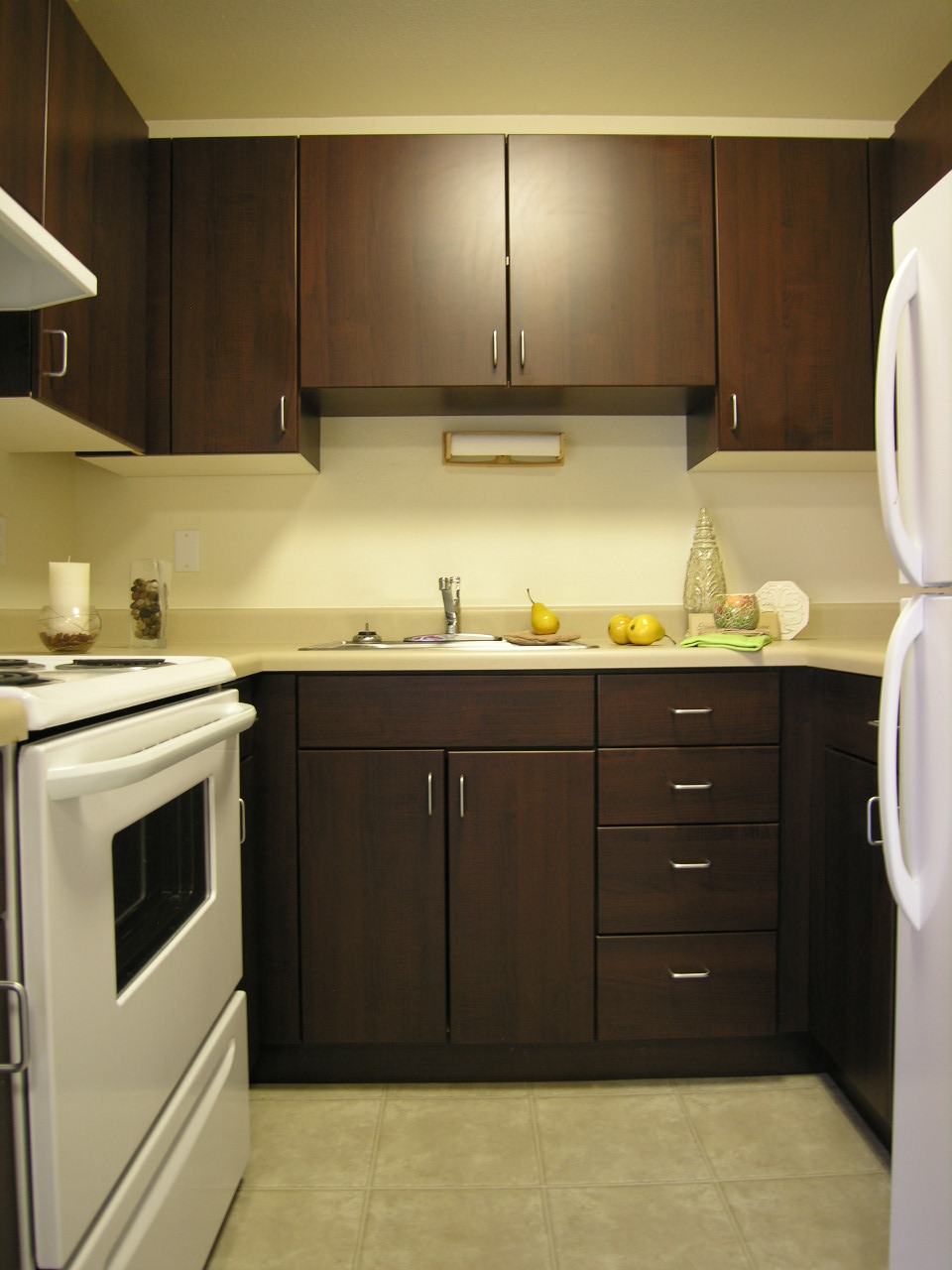 [/caption]
[/caption]
Fern Hill Terrace is a project that recently completed construction for the Multi-Service Center and Shelter Resources, Inc. It is a rehabilitation of an existing low income housing property. There are 24 family units in this project located in Tacoma, WA. Due to funding from the state, the project was required to satisfy the Evergreen Sustainable Development Standards - not only for the renovation but also for the 600sf of new construction. The great thing about the project was not only that we were able re-use the existing buildings (the best move we could have made from a sustainability standpoint), but that the residents of this apartment community were not displaced during construction. The construction occurred in a phases such that 4-6 units were renovated at a time. Sure, the residents had to move out of their units as they were being renovated, but they simply moved into another unit within the complex...which allowed them to maintain the same bus routes, driving routes, and daily schedule. For some seniors and families, this was a big deal - they shared that with me during the open house. And they were able to move back into units that were like new - new cabinets, flooring, doors, windows. The energy efficiency is dramatically improved, the indoor air quality significantly improved, and radiant heating elevated above the window to eliminate the fire hazard of the previous electric baseboards. Not to mention the improved laundry facilities, community room, low impact landscaping, and new kids playground.
Schemata Workshop is proud to serve low and moderate income families and seniors in Washington state by designing safe and decent homes - you can call them green, we call them practical.
